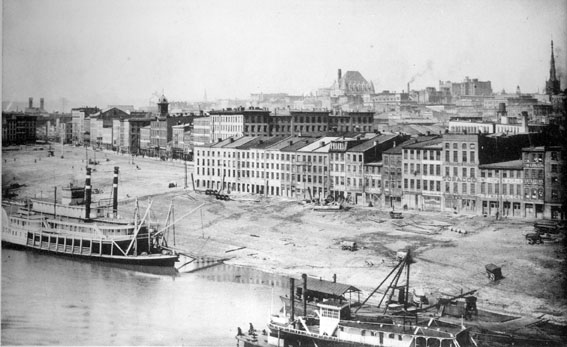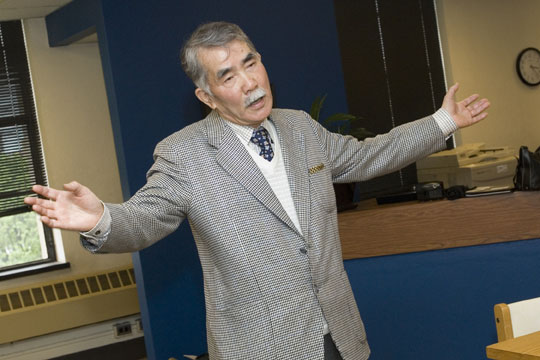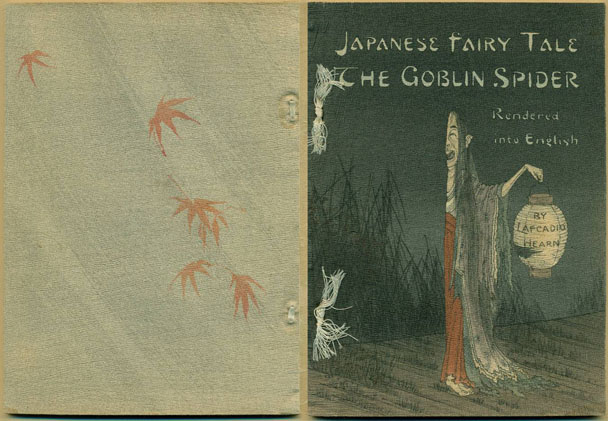By Kevin Grace
From the Cincinnati winter of 1874, over 140 years ago:
It is in all times a rugged road to the Place of Nameless Graves – a road running over rolling ground, where vehicles rock from side to side like ships in a gale and groan in all their timbers. “Rattle his bones over the stones, He’s only a pauper whom nobody owns.” Hundreds of paupers’ bones are rattled over that road every year: the Undertaker always sending out three or four at a time in a covered wagon, with frightfully stiff springs. And as the dismal vehicle rolls along the coffins rattle and bump one against the other fearfully from side to side, and bump horribly against the thinly-lined walls of those long and ghastly boxes.
This article, “Golgotha, A Pilgrimage to Potter’s Field”, was written for the Cincinnati Enquirer on November 29 that year by an odd, bulging- eyed Irishman by the name of Lafcadio Hearn. Hearn, who would chronicle the lowlifes, ghosts, and murderers of Cincinnati for several years before moving on to New Orleans, eventually settled in Japan where even today he is revered as a major literary figure. He made his journalistic mark in Cincinnati because he explored the alleys and tenements and riverside settlements that housed the city’s worst and most colorful citizens. He explored the lives of criminals and addicts, of mediums and flim-flam men, and of those who dealt with the underbelly of Cincinnati society. And he did it by letting them tell their stories, by involving himself in his own reporting, by writing in the authentic dialect of the storytellers, and by thrilling his readers nearly every day with a world in which they seldom visited.
Hearn had this to say about himself in Cincinnati,
Now in those days there was a young man connected with the Daily Enquirer whose tastes were whimsically grotesque and arabesque. He was by nature a fervent admirer of extremes. He believed only in the Revoltingly Horrible or the Excruciatingly Beautiful. He worshipped the French school of sensation, and reveled in thrusting a reeking mixture of bones, blood and hair under peoples’ noses at breakfast time.
So how did this little Irishman wind up in Cincinnati? Christened as Patrick Lafcadio Hearn, he was born in 1850 in the Greek islands, specifically Lefkada, to Charles Bush Hearn of County Offaly, Ireland and a Greek woman, Rosa Kassimati. Hearn’s father was a surgeon in the British army when Great Britain controlled those islands. Lafcadio’s parents were married in the Greek Orthodox Church, and he was baptized into that faith as well.
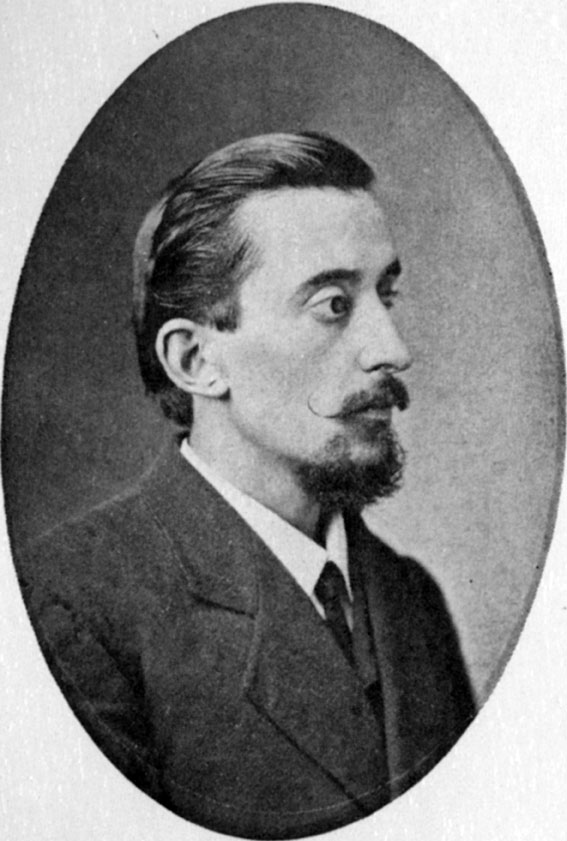 The family’s circumstances did not turn out well in the Greek islands and when his father was transferred to the British West Indies, he left his family behind. Hearn’s mother managed to get to Ireland, but abandoned her son to the care of a paternal great aunt, Sarah Brenane. After 1857, Hearn never saw his parents again. In Ireland, he was afforded a classical education which was later carried on in France where he became fluent in French, and later his guardians enrolled him in school in England. It was in England that he lost the vision in his left eye at the age of 16 due to an accident, and as he suffered from severe myopia anyway, for the rest of his life Hearn turned his head so as to avoid people seeing his injured eye, instead letting them focus on his bulging right eye.
The family’s circumstances did not turn out well in the Greek islands and when his father was transferred to the British West Indies, he left his family behind. Hearn’s mother managed to get to Ireland, but abandoned her son to the care of a paternal great aunt, Sarah Brenane. After 1857, Hearn never saw his parents again. In Ireland, he was afforded a classical education which was later carried on in France where he became fluent in French, and later his guardians enrolled him in school in England. It was in England that he lost the vision in his left eye at the age of 16 due to an accident, and as he suffered from severe myopia anyway, for the rest of his life Hearn turned his head so as to avoid people seeing his injured eye, instead letting them focus on his bulging right eye.
By 1867, the Brenane fortune that supported him was dissipated and he found himself in London’s East End, where he wandered the streets and visited libraries and museums. However, his great aunt’s family managed to recover some of its money so a one-way ticket to New York was presented to the young Hearn and he was instructed to make his way to Cincinnati where a family benefactor might assist him in finding work. As he later said in a biographical piece, “I was dropped moneyless on the pavement of an American city to begin life.”
At first Hearn lived in alleys and stables in Cincinnati and took on whatever work he could find. Eventually he found work with a local printer, Henry Watkin, who encouraged him to keep studying so Hearn made wide use of Watkin’s personal library as well as Cincinnati’s public library. By 1872 he landed a job with the Enquirer, where he remained until 1875.
At the time Hearn came to Cincinnati, there were about 20,000 Irish immigrants living in the city. In the decades since the city’s founding in the late 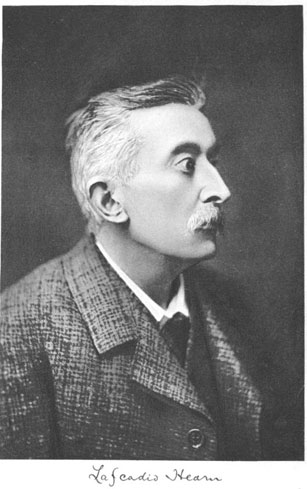 18th century, Cincinnati’s Irish population varied greatly, from the wealth and influence of families like the Gambles, the Sintons, and the Pogues, to the working-class families in Fulton and Mt. Adams, and, impoverished families along the river basin and slums. That was the perfect milieu for someone like Hearn, who had no particular loyalty to his ethnic brothers and sisters, but he did revel in the secrets and dark tales of everyone who was even below the hoi-polloi, not to mention the hoity-toity. Known as a sensationalistic journalist, Hearn relished the idea of giving upper-class readers of the daily newspaper a taste of the sordid lives they otherwise shunned every day. He lived for the lurid.
18th century, Cincinnati’s Irish population varied greatly, from the wealth and influence of families like the Gambles, the Sintons, and the Pogues, to the working-class families in Fulton and Mt. Adams, and, impoverished families along the river basin and slums. That was the perfect milieu for someone like Hearn, who had no particular loyalty to his ethnic brothers and sisters, but he did revel in the secrets and dark tales of everyone who was even below the hoi-polloi, not to mention the hoity-toity. Known as a sensationalistic journalist, Hearn relished the idea of giving upper-class readers of the daily newspaper a taste of the sordid lives they otherwise shunned every day. He lived for the lurid.
Hearn’s writing career blossomed in the Queen City, and in 1874 he met Henry Farny, who later gained fame for his Western paintings, and the two published a tabloid called Ye Giglampz, a weekly that Hearn wrote and Farny illustrated. The publication, containing cultural happenings in Cincinnati and satirical commentary, lasted all of nine issues before folding, but it was published at a time when such tabloids were becoming mainstream in American cities. As another local example, Sam the Scaramouch came along just a decade later in 1884-1885, and it too was short-lived. Satire sometimes makes enemies of readers and those who control credit and purse strings.
In that same year of 1874, Hearn married Mattie Foley, who was African 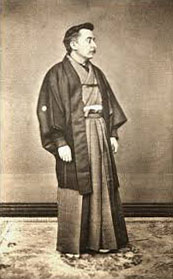 American, and because of what the Enquirer management termed his “illegal marriage” as well as having to fend off local clerical criticism of Hearn’s writings, the newspaper fired him. Hearn immediately went to the rival Cincinnati Commercial, where he worked until 1877. Hearn is credited for being one of the first American journalists to capture the essence of African American lives and to render their speech and song lyrics in a realistic way.
American, and because of what the Enquirer management termed his “illegal marriage” as well as having to fend off local clerical criticism of Hearn’s writings, the newspaper fired him. Hearn immediately went to the rival Cincinnati Commercial, where he worked until 1877. Hearn is credited for being one of the first American journalists to capture the essence of African American lives and to render their speech and song lyrics in a realistic way.
By 1877 after writing more than 400 stories and essays for Cincinnati papers, Hearn grew weary of the city and with the Commercial’s blessing, he moved to New Orleans, from where he sent back dispatches to the Cincinnati paper as well as writing articles for Harper’s Weekly and the New Orleans Times Democrat. He stayed in New Orleans for a decade and his writing career flowered as he published several books on proverbs, Creole life, and folklore, indulging his penchant for ghost stories and the macabre. In this regard, New Orleans was perfect for him.
After spending a couple of years in the West Indies as a correspondent, Hearn 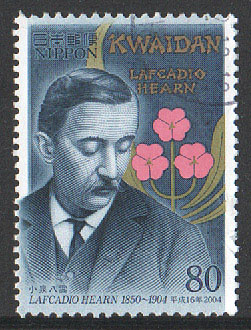 moved to Japan in 1890 where he lived for the remainder of his life. He died in 1904 at the age of 54. In Japan, Hearn became a teacher, married a Japanese woman (he and Foley were long divorced) and they had four children. His greatest literary achievement was rendering the unknown society of Japan to Western readers in a lucid and vibrant manner in several books on Japanese culture, especially folklore and fairy tales. He took the name Koizumi Yakumo, and his reputation as a storyteller in their lives endeared him to the Japanese. Since his death, there have been multiple anthologies of his works in Japan and there are monuments and a museum dedicated to him as well. Postage stamps are adorned with his image and there are many Lafcadio Hearn literary societies. Perhaps the only other writers that get such constant national dedication and attention are James Joyce or W.B. Yeats in Ireland.
moved to Japan in 1890 where he lived for the remainder of his life. He died in 1904 at the age of 54. In Japan, Hearn became a teacher, married a Japanese woman (he and Foley were long divorced) and they had four children. His greatest literary achievement was rendering the unknown society of Japan to Western readers in a lucid and vibrant manner in several books on Japanese culture, especially folklore and fairy tales. He took the name Koizumi Yakumo, and his reputation as a storyteller in their lives endeared him to the Japanese. Since his death, there have been multiple anthologies of his works in Japan and there are monuments and a museum dedicated to him as well. Postage stamps are adorned with his image and there are many Lafcadio Hearn literary societies. Perhaps the only other writers that get such constant national dedication and attention are James Joyce or W.B. Yeats in Ireland.
The two major repositories of Hearn material in the United States are at Tulane University and the Public Library of Cincinnati and Hamilton County. UC professor emeritus of journalism Jon Hughes is a noted Hearn scholar and has often written about him. In 2006, through a local Japanese-American friendship organization called the Japan Research Center of Greater Cincinnati, Hughes and Kinji Tanaka, Osaka businessman and longtime collector of Hearn articles, brought to the Archives & Rare Books Library 12 original issues of the Cincinnati Commercial and the Cincinnati Enquirer that contained Hearn articles.
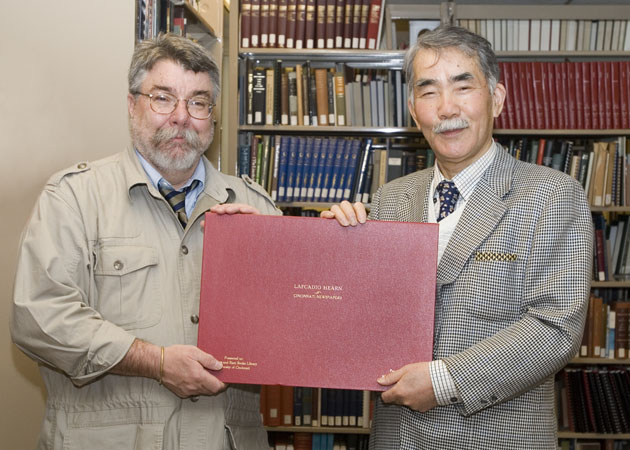
Japanese businessmen, Kinji Tanaka presents a rare newspaper featuring famed writer Lacadio Hearn to Archives and Rare Books at UC
And interestingly enough, there is a recent birth of interest in Ireland on Hearn and his career. In 1988 the Irish ambassador to Japan, Sean Ronan, created a Lafcadio Hearn Library at the Irish embassy in Tokyo, and in 1997, a book oforiginal essays on Hearn and his works was published, Irish Writings on Lafadio Hearn: Writer, Journalist, and Teacher, edited by Ronan. The essays vary from accounts by Hearn’s Japanese grandson to a look at Hearn’s Dublin relatives, as well as a comparison of Hearn to other Irish writers, Hearn and Irish folklore, and recently discovered original source material. Former Irish president Mary Robinson wrote a tribute to Hearn as well.
But back to this Irishman in Cincinnati: other writers had chronicled the local Irish such as Irish playwright Dion Boucicault and, of course, Englishman Charles Dickens. But it was Hearn who most fully explored Irish life here, in large measure because he was a resident rather than visiting literati like Dickens and Boucicault. Though he relished the idea of shocking his readers, the notion that his human subjects represented the most interesting aspects of Cincinnati society was very real to him, be they pickpockets, whores, grifters, body snatchers, singers and dancers, ghosts and ghouls, or even murderers. Hearn’s masterpiece of Cincinnati macabre was his reporting on the Tanyard killing, a murder that Jon Hughes covers for his monograph, The Tanyard Murder: On the Case with Lafcadio Hearn (University Press of America, 1982). This murder took place in November, 1874 in the neighborhood termed “The Shambles”, that stretch of slaughterhouses along the Miami-Erie Canal near Central Avenue and Findlay Street. As Hearn described it, “It is a quarter where the senses of sight and hearing and smell are at once assailed with all the foulnesses of the charnel-house and the shambles. It is the center of all those trades which harden and brutalized the men who engage in them.”
After a fire at the Werk candle factory, a body was discovered across the street in the Freiberg Tannery. A German immigrant, Herman Schilling, had been murdered by Andreas Egner, his son Frederic Egner, and a third man, George Rufer. The elder Egner had become enraged because Schilling was dallying with his daughter, Julia Egner, fifteen years old and reputed to be of a constant compromised reputation. So Schilling was strangled, run through with a pitchfork, and thrown into the boiler of the tannery, in which his skull burst. But his teeth, as Hearn described them, remained “ghastly white.” Hearn’s reporting made the front page of the Enquirer and continued for two weeks, causing a national sensation because of the grisly woodcuts that accompanied it. It was said that Schilling had been thrown into the fire while he was still alive. The perpetrators were caught, tried, and convicted. And as Hearn wrote,
Certainly the dogs used not to howl so before last Saturday night. How they could have quieted while the hideous tragedy was being enacted, hearing the dull, skull-crushing blows, the death struggle: the shrieks for aid, the body dragged from the stable to the furnace, leaving its blood-trail behind, the strangely horrible crackling and spluttering and hissing within the furnace, is something very difficult to comprehend.
With the Tanyard murder Hearn was in his element, at once thrilling and repelling his morning readers, and, forming his literary reputation in Cincinnati.
To learn more about ARB’s Hearn holdings, or other rare books in the collection, please email us at archives@ucmail.uc.edu, call at 513.556.1959, find us on the web: http://www.libraries.uc.edu/arb.html or check us on Facebook at https://www.facebook.com/ArchivesRareBooksLibraryUniversityOfCincinnati.


